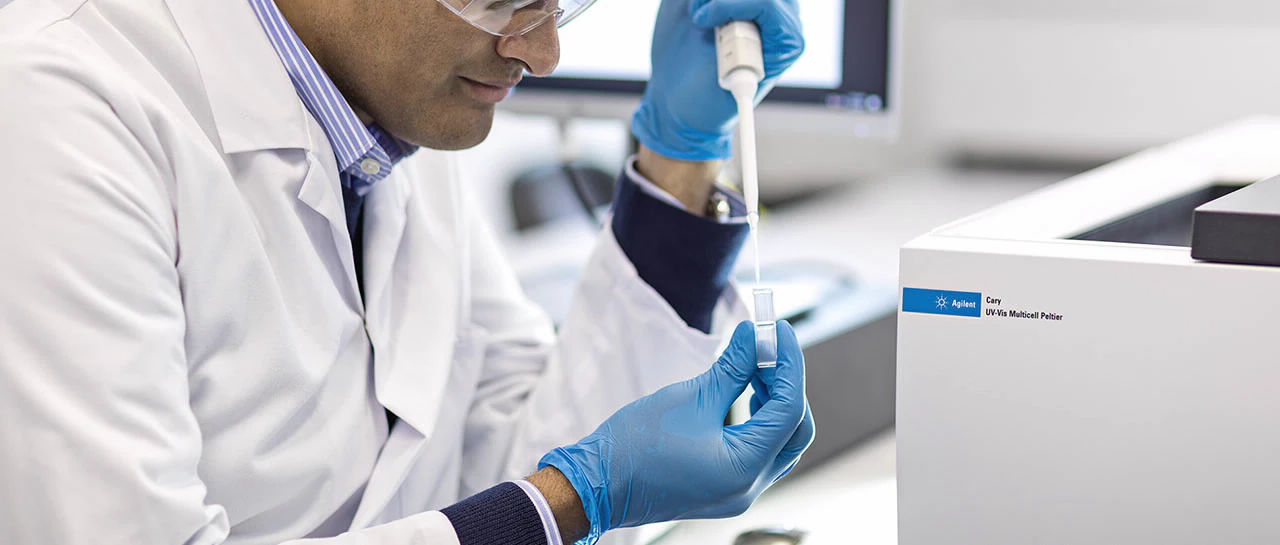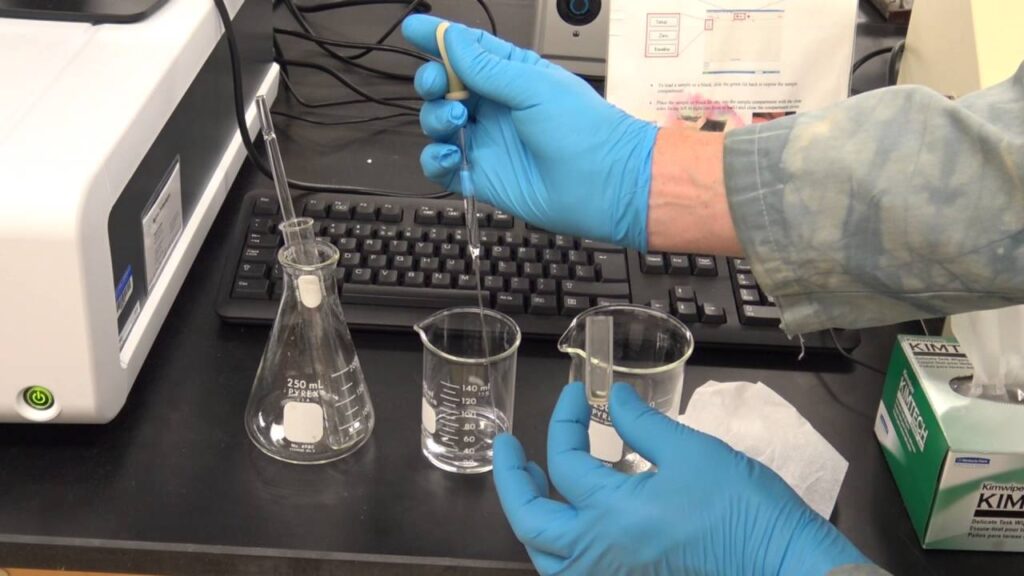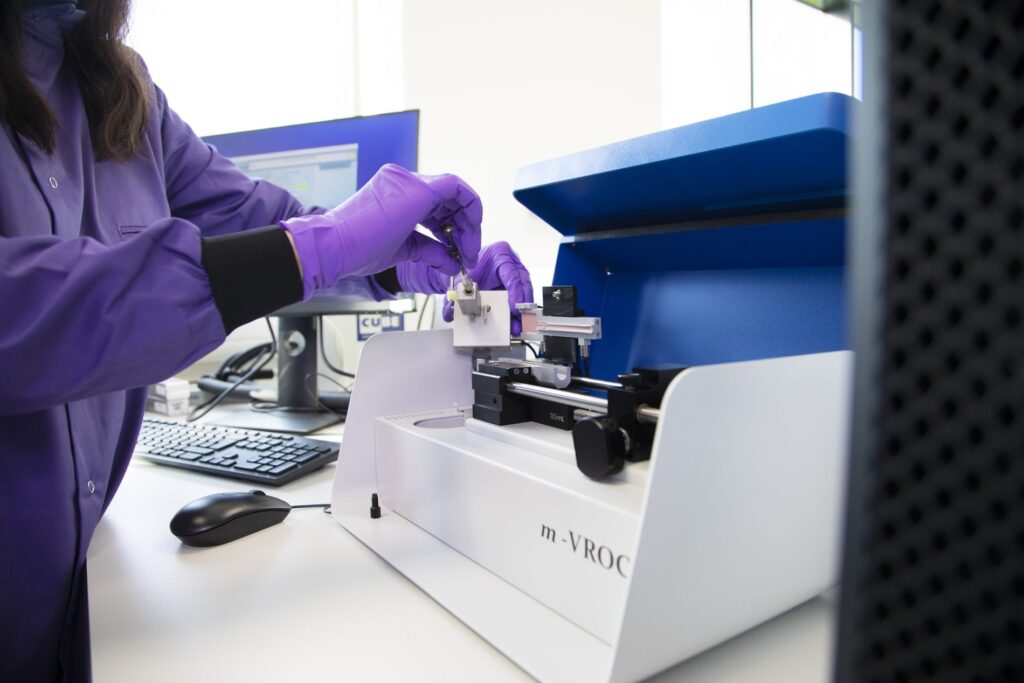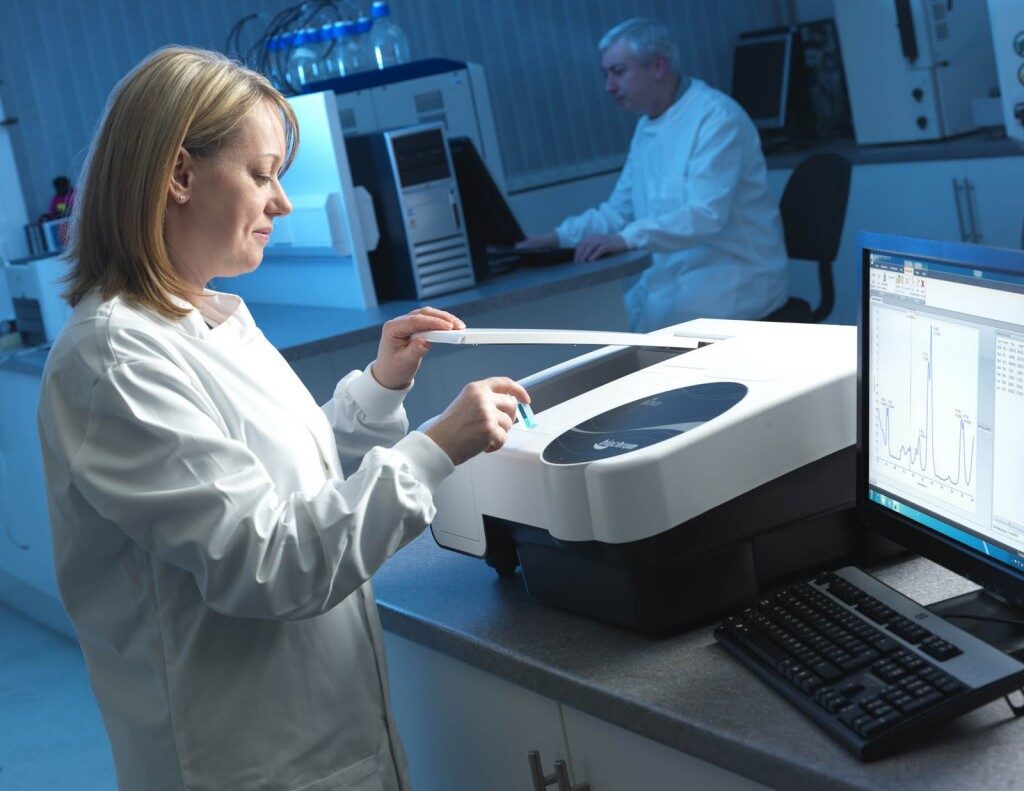
In the realm of pharmaceutical research, the quest for innovative solutions and breakthrough treatments demands an arsenal of analytical techniques capable of unravelling molecular mysteries.
Among these, UV-Vis spectroscopy stands tall as a cornerstone tool, offering invaluable insights into the electronic structure and composition of compounds. From drug discovery to formulation and quality control, ultraviolet-visible spectroscopy plays a pivotal role in driving progress and ensuring the safety and efficacy of pharmaceutical products.
Table of Contents
Understanding UV-Vis Spectroscopy

Source: m.youtube.com
UV-Vis spectroscopy, short for ultraviolet-visible spectroscopy, operates on the principle of absorption of light by molecules. Molecules absorb light within the UV and visible regions of the electromagnetic spectrum, leading to electronic transitions between energy levels. This absorption is highly informative, providing a fingerprint of the compound’s structure, concentration, and environment.
Applications in Drug Discovery
In the early stages of drug discovery, UV-Vis spectroscopy serves as a fundamental tool for assessing the purity and concentration of compounds. Pharmaceutical chemists utilize UV-Vis spectroscopy to characterize organic molecules, ascertain the presence of functional groups, and monitor chemical reactions. By analyzing absorption spectra, researchers gain crucial insights into the structure-activity relationships (SAR) of potential drug candidates, guiding the design and optimization process.
Moreover, UV-Vis spectroscopy facilitates the identification and quantification of impurities, ensuring the integrity of synthesized compounds. This capability is paramount in maintaining regulatory compliance and safety standards throughout the drug development pipeline.
Formulation Development

Source: abzena.com
As drug candidates progress towards formulation, UV-Vis spectroscopy continues to be indispensable. Formulation scientists leverage UV-Vis spectroscopy to monitor the stability and compatibility of active pharmaceutical ingredients (APIs) with excipients. By assessing changes in absorption spectra over time, researchers can identify degradation pathways, predict shelf life, and optimize formulation parameters to enhance drug stability and bioavailability.
Furthermore, UV-Vis spectroscopy enables precise determination of drug concentrations in formulations, critical for achieving accurate dosing and therapeutic efficacy. Through quantitative analysis of absorption peaks, formulation scientists can validate the uniformity and consistency of drug products, ensuring batch-to-batch reproducibility and adherence to pharmacopeial standards.
Quality Control and Regulatory Compliance
In the realm of pharmaceutical manufacturing, quality control is paramount to guaranteeing the safety and efficacy of commercialized drugs. UV-Vis spectroscopy plays a central role in quality control processes, enabling rapid and non-destructive assessment of raw materials, intermediates, and finished products.
By comparing absorption spectra against reference standards, quality control analysts can verify the identity, purity, and concentration of active ingredients, excipients, and impurities. Any deviations from established specifications trigger further investigation and corrective actions, safeguarding against product recalls and potential harm to consumers.
Moreover, UV-Vis spectroscopy facilitates the detection of counterfeit or substandard medications, a pervasive issue in global healthcare systems. Through spectral fingerprinting and multivariate analysis techniques, regulators can distinguish authentic pharmaceuticals from counterfeit counterparts, bolstering public trust and patient safety.
Innovations and Future Perspectives

Source: lab-training.com
The landscape of UV-Vis spectroscopy in pharmaceutical research continues to evolve, driven by advancements in instrumentation, data analysis techniques, and interdisciplinary collaborations. Emerging technologies such as microfluidic systems and miniaturized spectrometers promise to streamline analysis workflows, reduce sample volumes, and enable real-time monitoring of drug processes.
Furthermore, the integration of UV-Vis spectroscopy with complementary techniques such as chromatography, mass spectrometry, and nuclear magnetic resonance (NMR) spectroscopy holds great potential for comprehensive molecular characterization and elucidation of complex pharmaceutical systems.
Looking ahead, the application of UV-Vis spectroscopy in personalized medicine and point-of-care diagnostics represents a frontier ripe for exploration. By leveraging the sensitivity and specificity of UV-Vis spectroscopy, researchers aim to develop rapid, cost-effective assays for biomarker detection, disease diagnosis, and therapeutic monitoring, revolutionizing healthcare delivery and patient outcomes.
Final Thoughts
UV-Vis spectroscopy stands as an indispensable tool in pharmaceutical research, offering unparalleled insights into molecular structure, concentration, and behaviour. From drug discovery and formulation development to quality control and regulatory compliance, UV-Vis spectroscopy underpins critical stages of the drug development pipeline, driving innovation and ensuring the safety and efficacy of pharmaceutical products.
As technology continues to advance and new challenges emerge, the role of UV-Vis spectroscopy in pharmaceutical research will undoubtedly expand, paving the way for transformative discoveries and improved healthcare worldwide.







